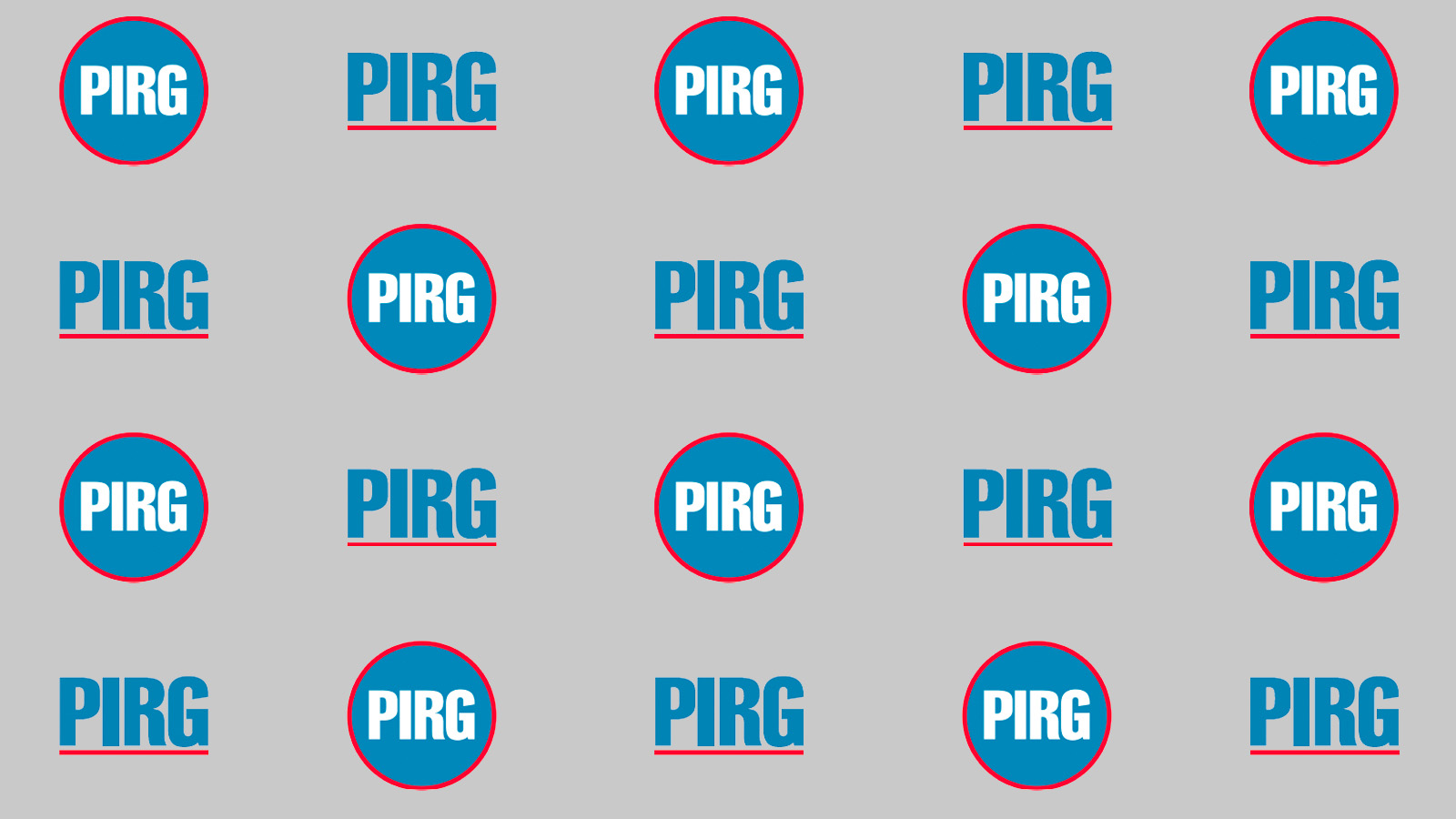Students to Congress: Don’t Double Our Rates
Earlier this week, the Education and Workforce Committee in the U.S. House held a hearing to purportedly “strengthen” the federal student loan program. Sadly, the proposals put forth by leaders in the hearing do anything but help solve the problem of high cost federal student loans. What the hearing did do was serve as a grave reminder that on July 1, student loan interest rates on subsidized Stafford student loans will double from 3.4 percent to 6.8 percent—driving up the cost of higher education for 8 million students by $1,000 per loan.
Earlier this week, the Education and Workforce Committee in the U.S. House held a hearing to purportedly “strengthen” the federal student loan program. Sadly, the proposals put forth by leaders in the hearing do anything but help solve the problem of high cost federal student loans. At best, they would provide some short-term relief but make the situation worse in the long run.
What the hearing did do was serve as a grave reminder that on July 1, student loan interest rates on subsidized Stafford student loans will double from 3.4 percent to 6.8 percent—driving up the cost of higher education for 8 million students by $1,000 per loan.
We’ve been here before. Last year, U.S. PIRG helped lead the charge to keep the interest rate from doubling. Against all odds, we convinced a divided Congress to extend the low rate for one more year. The victory, while sweet, was only temporary. We’re still in need of a comprehensive solution to the problem of high cost student loans.
Not much has changed since 2012. College costs continue to rise as the national recession drains state coffers and squeezes college budgets. Unemployment remains high. And across all income levels, average family incomes are below what they were a decade ago.
We said it last year, and we’ll say it again: for the economy to grow, we need more college graduates. And they need to carry less student loan debt.
With rising tuition and decreased family support, it’s no surprise that students are increasingly turning to loans to fill the gap. The average debt per student borrower has now risen to $26,600.
High interest on student loans makes it harder for students and workers to decide to go college in the first place. And that’s not only bad news for them. To meet the demands of our changing workforce, experts assert that the country needs 22 million new college degrees by 2018. If we stay at our current pace, we will be at least three million graduates short.
The budget provided by the House leaders does not seem to consider the future. It allows the interest rate on student loans to double, saddling students with an unacceptable hike in loan costs.
The main proposal discussed yesterday ties student loan interest rates to interest rates in the open market—burdening students with the risk of their rates ballooning. This may cut interest rates for students now, but a few years down the road students could be subjected to rates that dwarf 6.8 percent. The House’s proposal risks making a bad problem worse.
Investing in education is investing in our future. Any proposal to fix the interest rate hike should take into account that it’s not only fixing a problem for the upcoming year, it’s creating the problems and solutions of tomorrow.
Last year, with strong public outcry, we were able to push our political leaders beyond gridlock. We learned what it takes, and we know we can’t get there again without a strong demonstration of public support. It’s time to let Congress know: DON’T DOUBLE MY RATE!
You can voice your support by signing this petition to Congress.
Topics
Authors
Chris Lindstrom
Find Out More

Apple AirPods are designed to die: Here’s what you should know

New report reveals widespread presence of plastic chemicals in our food

FTC goes after second tax prep firm, H&R BLOCK joins INTUIT TURBOTAX for deceptive claims of “Free tax prep”


